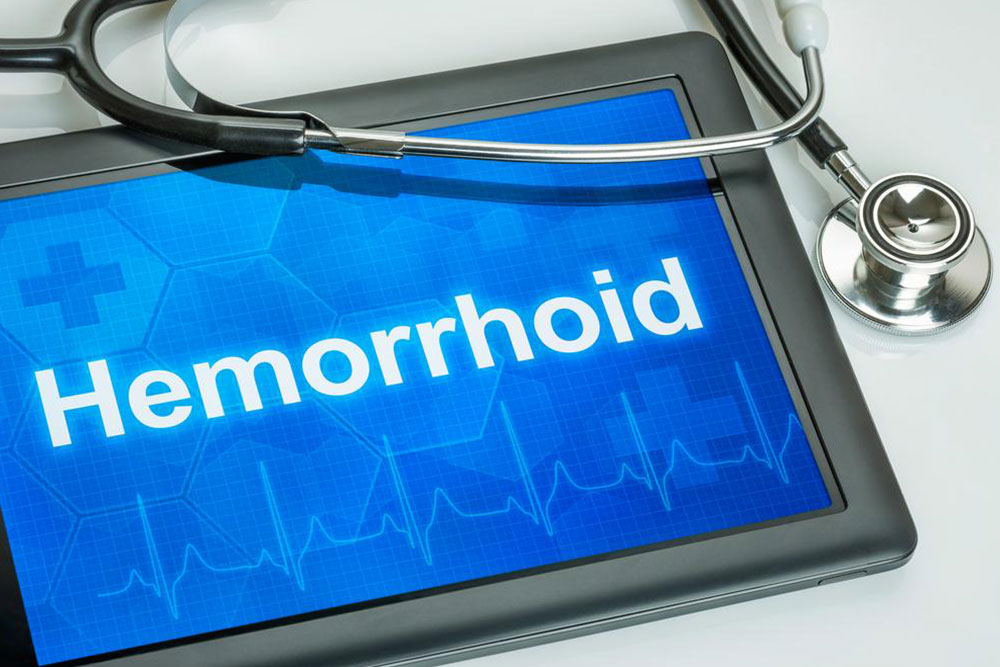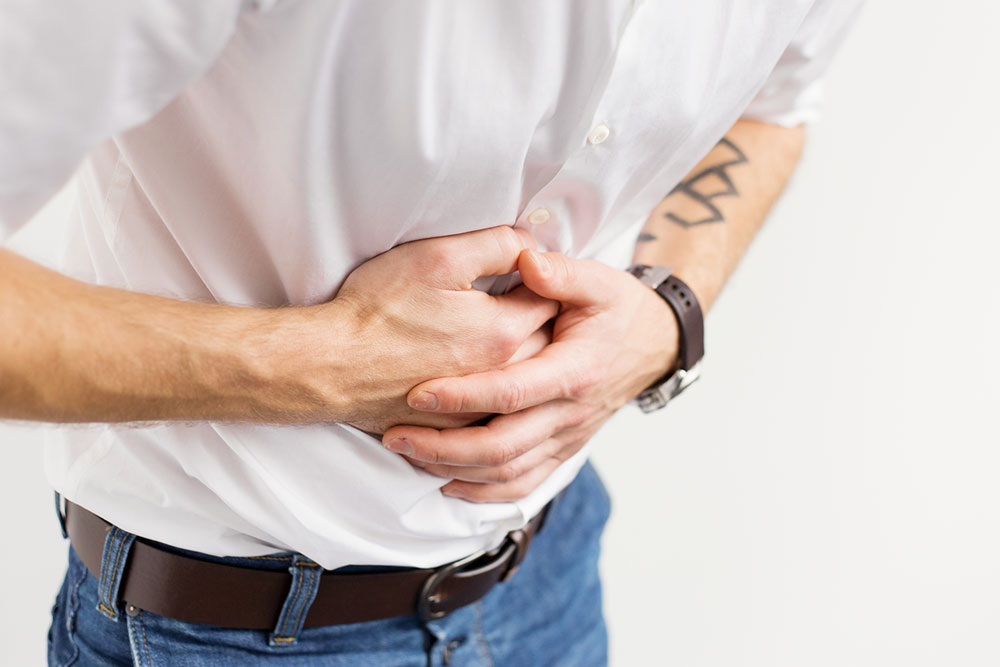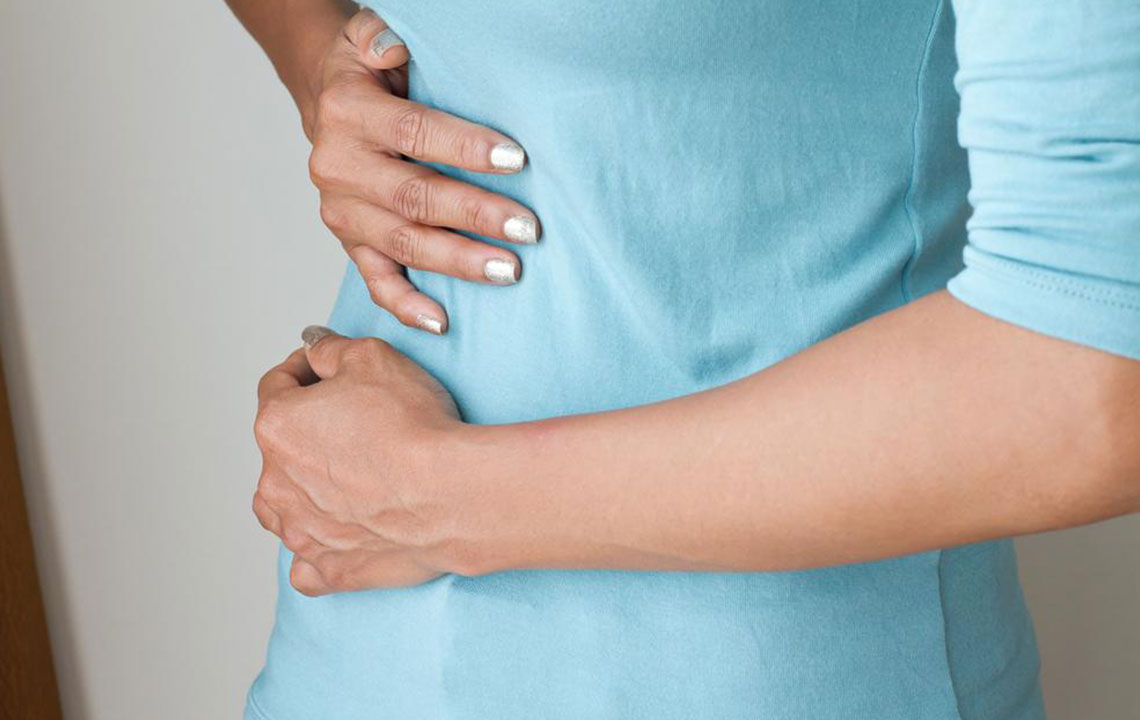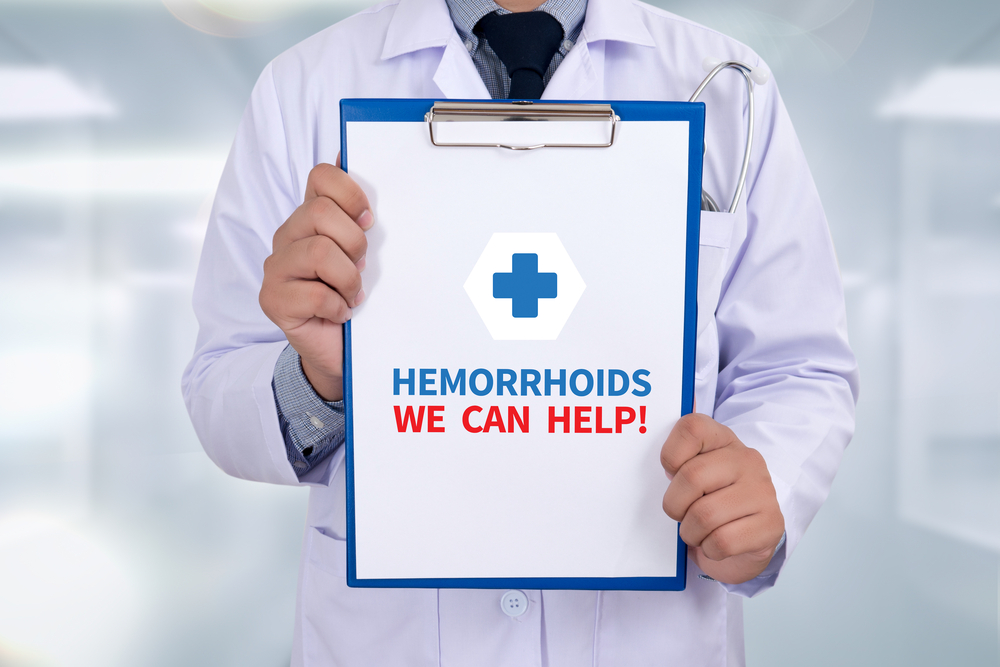Understanding Hemorrhoids: Causes and Symptoms
This article explores hemorrhoids, detailing their types, causes, and risk factors. It explains how diet, lifestyle, and medical history influence the development of swollen blood vessels in the anal region. Targeting adults aged 45-65, it highlights preventative measures and common symptoms. Learn about contributing factors such as obesity, prolonged sitting, pregnancy, and genetics. The content aims to educate readers on hemorrhoid prevention and management, emphasizing the importance of diet and lifestyle choices for maintaining rectal health.

Understanding Hemorrhoids: Causes and Symptoms
Hemorrhoids are swollen blood vessels located in the anal area and lower rectum. The rectum is the final segment of the large intestine, while the anus is the exit point for stool. Often called piles, hemorrhoids are categorized as internal or external. Internal hemorrhoids form inside the rectum and are usually unnoticed unless they enlarge significantly. External hemorrhoids develop around the anus and may cause itching, pain, or bleeding during bowel movements.
Hemorrhoids are often mistaken as a disease, but they are actually blood vessels present in everyone, playing a vital role in bowel control. They become problematic only when they swell excessively or bleed. Both men and women between ages 45 to 65 are equally affected.
What causes hemorrhoids?
A diet low in fiber is a primary contributor. Insufficient fiber causes constipation and hard stools, irritating the blood vessels during bowel movements. Common causes include:
Obesity: Excess weight increases pressure on the anal veins, leading to swelling.
Prolonged sitting on toilet: Sitting for long periods irritates anal veins and promotes swelling.
Chronic diarrhea or constipation: Both conditions cause persistent irritation and swelling.
Anal intercourse: It can cause tissue damage and swelling of blood vessels.
Pregnancy: Hormonal changes, constipation, and increased blood flow contribute to hemorrhoids.
Physical strain: Heavy lifting, prolonged standing or sitting, and pushing during stool passage increase pressure in the anal region.
Genetics: Family history raises risk.
Spinal cord injuries: Reduced posture control can lead to issues.
Colon cancer and rectal surgeries: These can be associated with hemorrhoid development if not properly managed.










